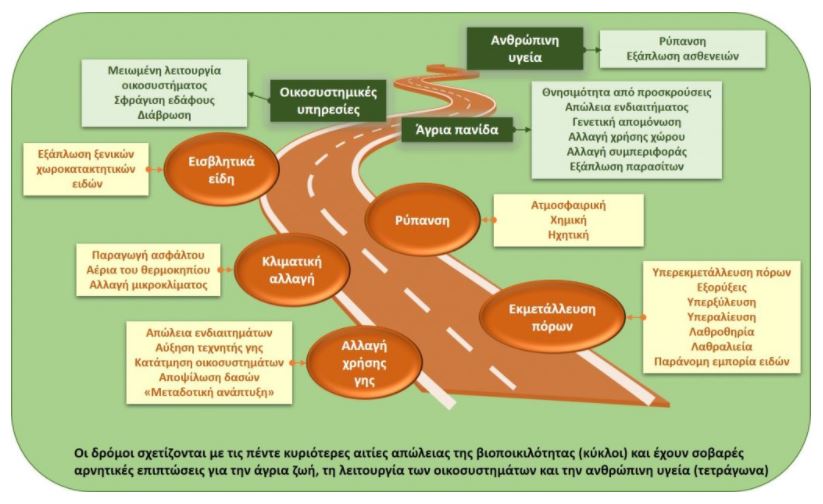2024
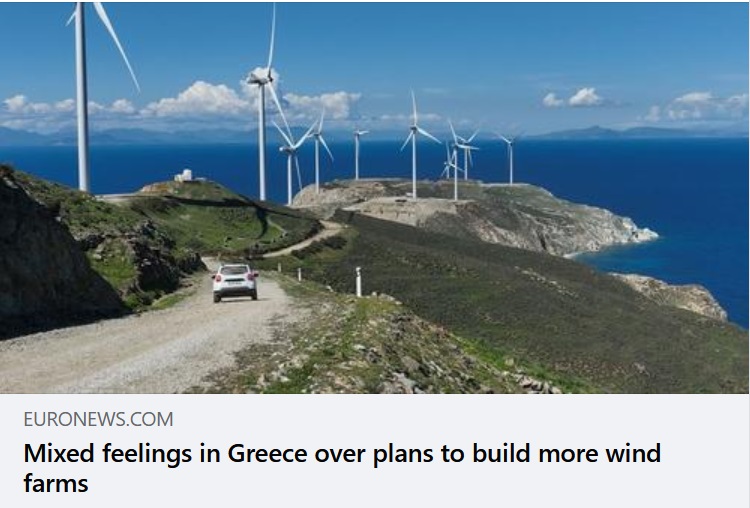
2024
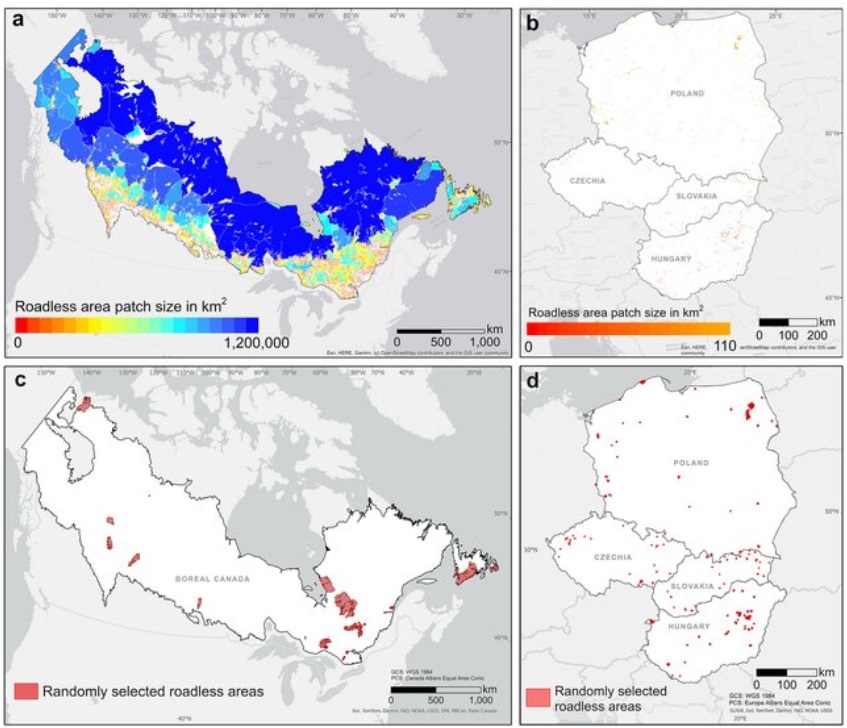
Mapping roadless areas in regions with contrasting human footprint
A new article on mapping of roadless areas led by Monika Hoffmann was published in Scientific Reports, showing that road mapping has to improve especially in regions with low human footprint.
2023
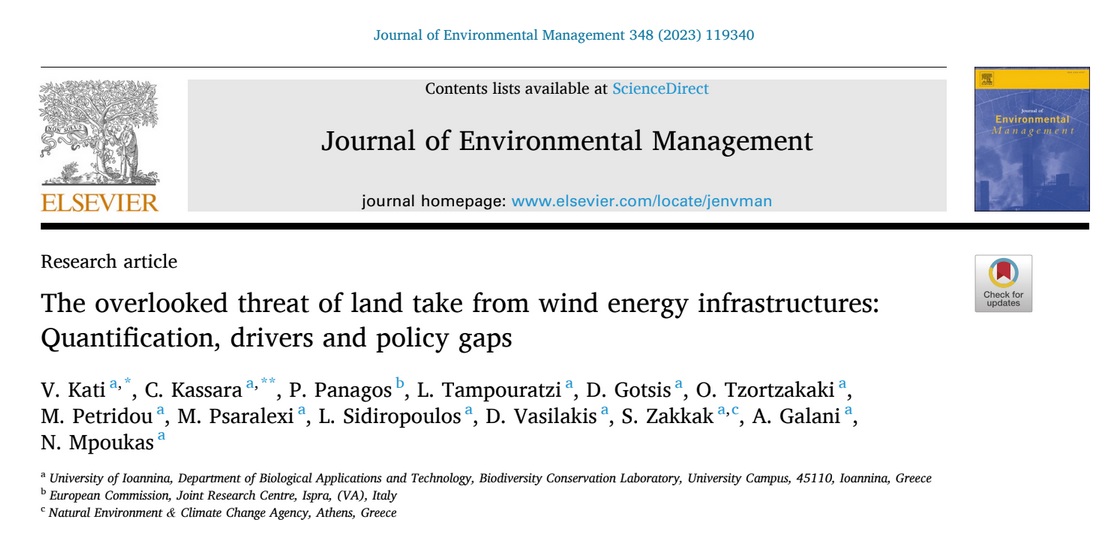
Roadless areas and wind energy
Wind harnessing is a rapidly growing and cost-effective renewable energy source, yet the land impacts of wind power stations are often underestimated. A study analyzing 90 wind power stations in Greece revealed significant land take impacts, with substantial generation of artificial land, new roads, and widened roads. The findings emphasize the importance of better quantification and integration of land take in sustainable spatial planning for wind power station construction. This study was led by Vassiliki Kati under the title "The overlooked threat of land take from wind energy infrastructures: Quantification, drivers and policy gaps".
2023
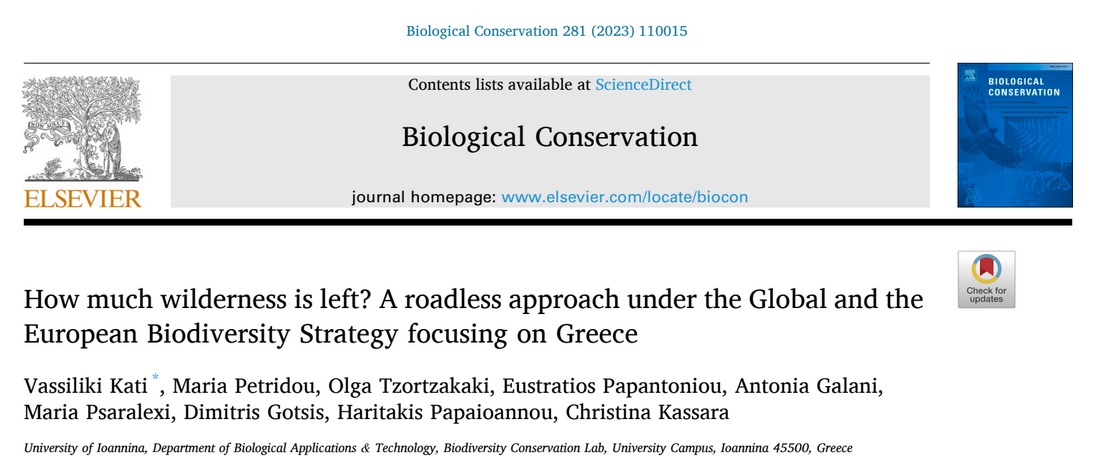
How much wilderness is left?
Led by Vassiliki Kati, a recent article titled "How much wilderness is left? A roadless approach under the Global and the European Biodiversity Strategy focusing on Greece" was published in Biological Conservation. This study delves into the extent of remaining wilderness areas in Greece, aligning with both global and European biodiversity strategies.
2023

Wind turbines consume land and threaten wilderness
In an article in One Earth - Voices, Vassiliki Kati explains why wind turbines are threatening roadless areas in Greece. Here you can read the full text within the article on "Making low-carbon energy sustainable".
2023
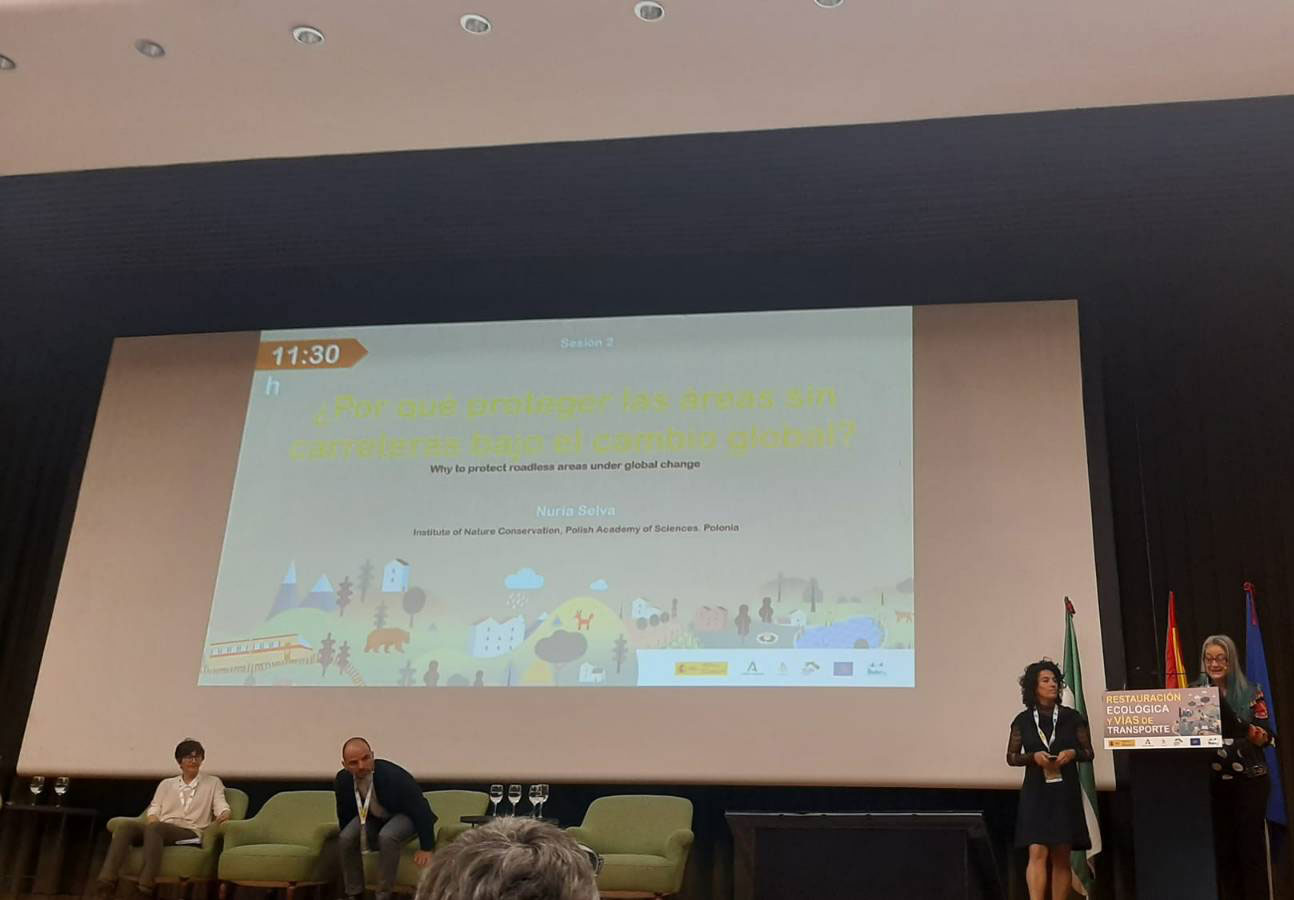
Ecological restoration and roads
A conference on ecological restoration and transport corridors was held in Sevilla from 31 May to 2 June 2023, organized by the Ministry for the Ecological Transition and the Demographic Challenge and the European projects LIFE LynxConnect and LIFE Safe-Crossings. Roadless areas were presented as an important tool in defragmentation programmes. The conclusions, presentations and programme of the conference are available here: LINK. Presentation by Nuria Selva.
2022
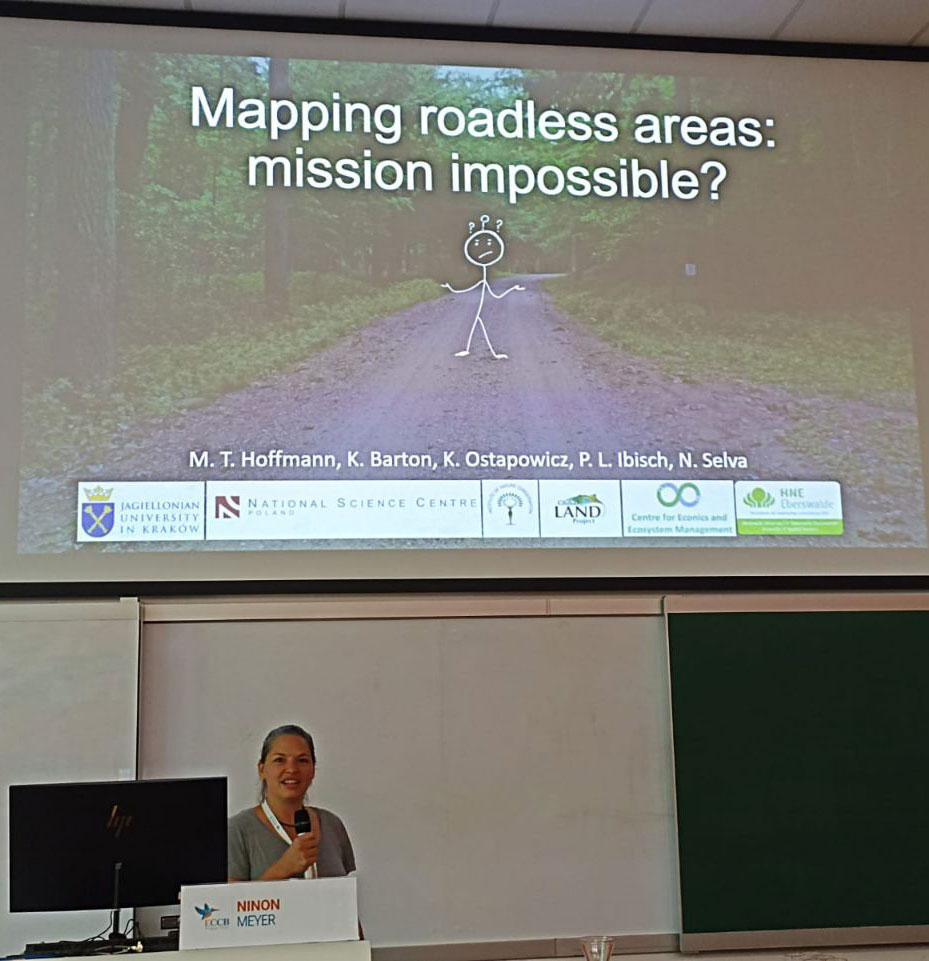
ECCB, Prague 2022
Presentation: Mapping roadless areas: mission impossible? by Monika Hoffmann.
Hoffmann, Monika; Bartoń, Kamil; Ostapowicz, Katarzyna; Ibisch, Pierre ; Selva, Nuria.
2022
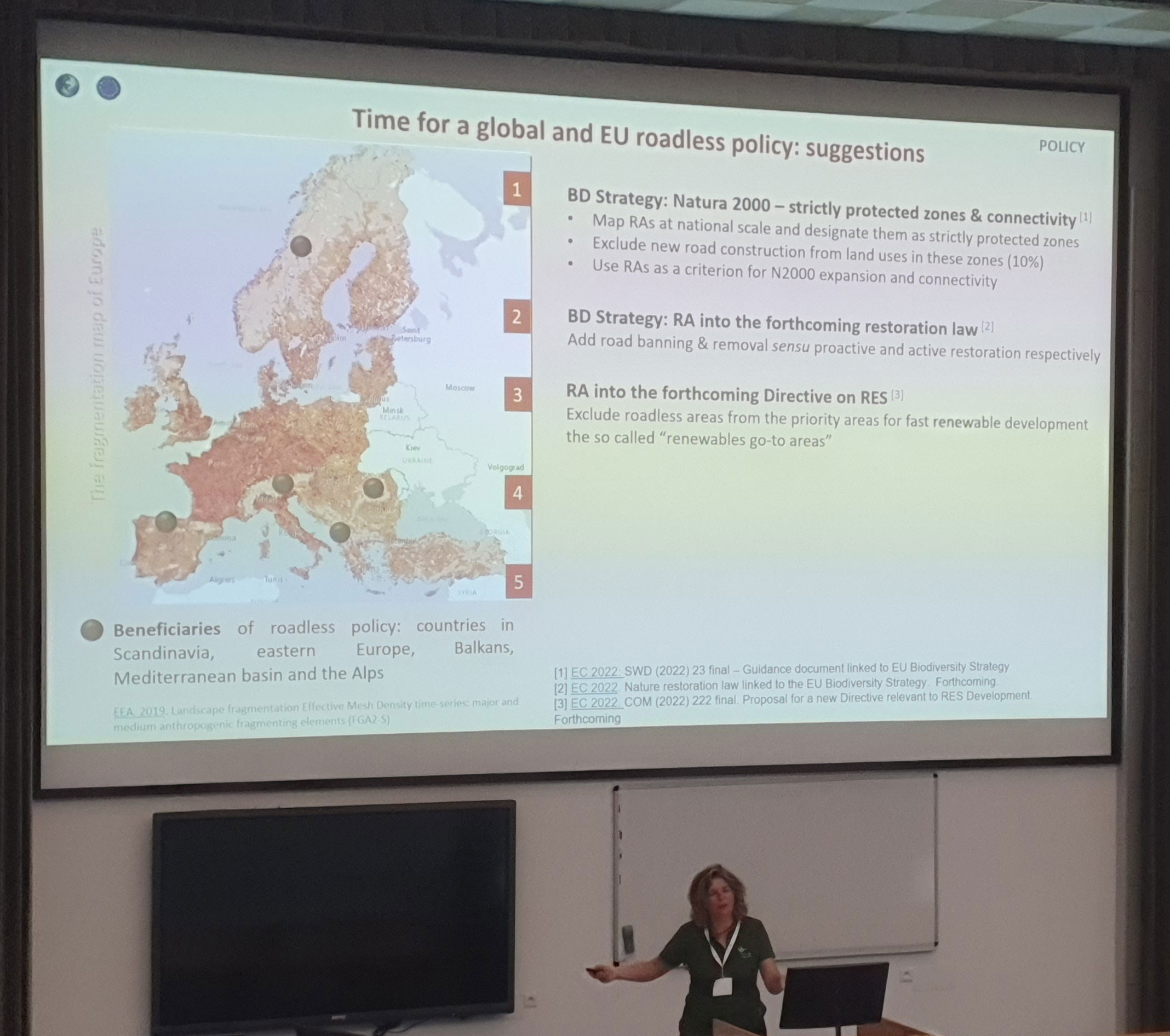
ECCB, Prague 2022
Presentation: Greece shows the way for a roadless policy in Europe: links with the European biodiversity strategy by Vasiliki Kati.
Kati, Vasiliki; Kassara, Christina; Tzortzakaki, Olga; Petridou, Maria; Psaralexi, Maria; Galani, Antonia; Gotsis, Dimitris; Papantoniou, Stratos; Papaioannou, Haritakis.
2022
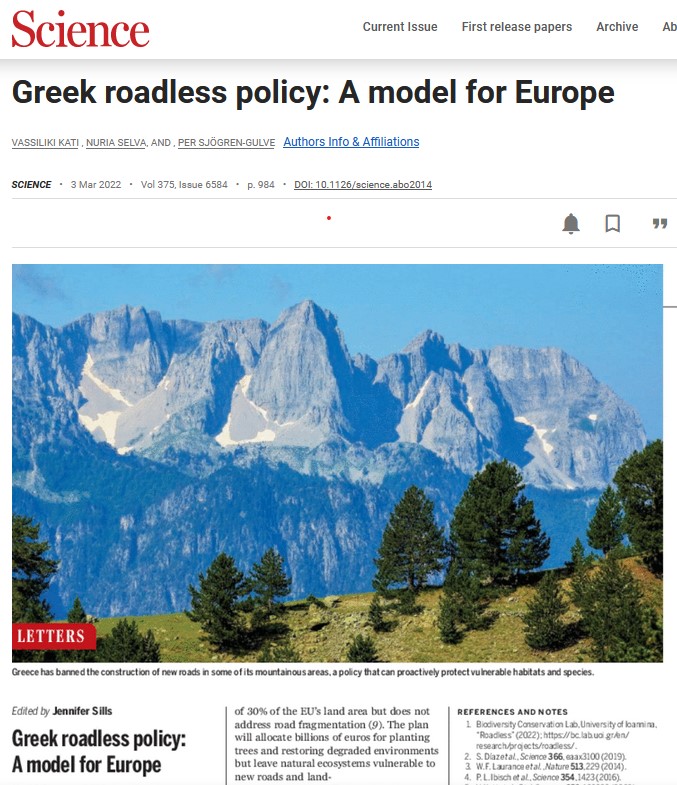
Greek roadless policy covered by Science
The new publication in Science (Letter) of the Biodiversity Conservation Lab presents the Greek policy on the conservation of Roadless Areas as an example of good practice for a broader European policy of banning the intrusion of roads and artificial surfaces into sensitive natural ecosystems.The Science letter is signed by three scientists, members of the Society for Conservation Biology (Europe).
Kati V, Selva N.,Sjögren-Gulve P. 2022. Greek roadless policy: A model for Europe. Science 375 (6584):984.https://doi.org/10.1126/science.abo2014
2022
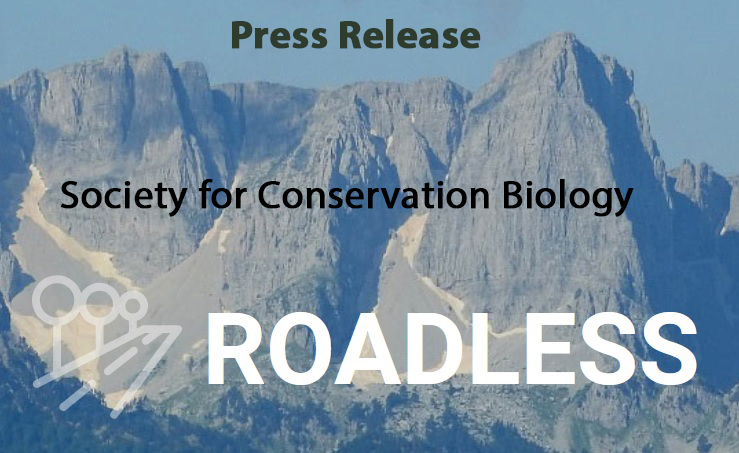
Greece gives legal protection to roadless areas. Biodiversity and ecosystems are highly threatened by road development worldwide. Greece has taken the lead in Europe by legally protecting six mountainous roadless Natura 2000 sites from further road fragmentation, introducing the first national roadless policy in Europe.
2022
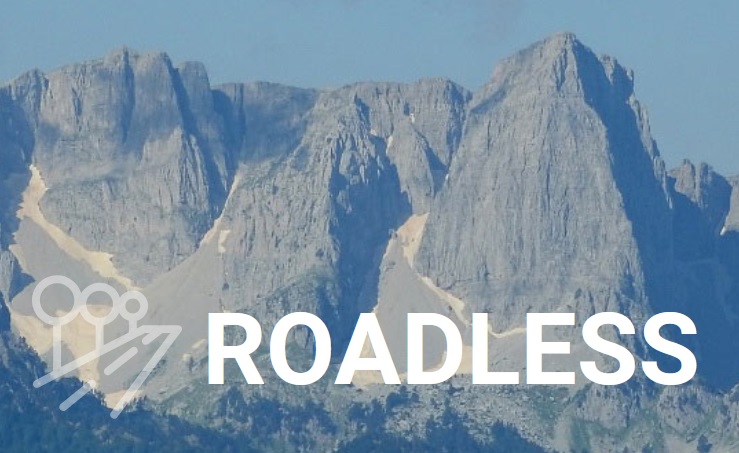
A meeting was held on 21/1/2022 in Maximou, where Prime Minister K. Mitsotakis introduces the first roadlessness legislation in the EU under the project “Untrodden Mountains” and the Deputy Minister of Environment and Energy G. Amyras presents the six Ministerial Decrees for roadless areas, suggesting the extension of the project to cover 50 more roadless areas. Mr. G. Rokas (Astraka refuge manager & ecoguide), Mrs M. Ganoti (ANIMA NGO) and Prof. V. Kati (University of Ioannina, Department of Biological Applications and Technology) are invited and provide opinions on the initiative of Untrodden Mountains. Ministers G. Gerapetritis, A. Skertsos, I. Oikonomou attended the meeting. The new roadlessness legislation was founded on the ROADLESS project of BCL and the relevant scientific publication in Biological Conservation (2020).
2020
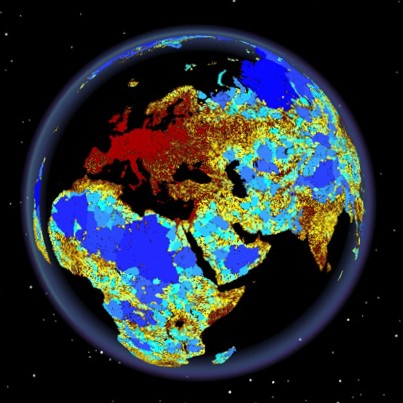
Discussion in the Greek Parliament on the conservation of roadless areas and commitment that the issue of the RAs will be examined by the Ministry to be integrated in the spatial planning of renewable energy sources as well as in the land use zones of the Natura 2000 sites, towards preserving the last 6 extended RAs in Greece over 50 sqkm! on YOUTUBE
(in greek only)
2020
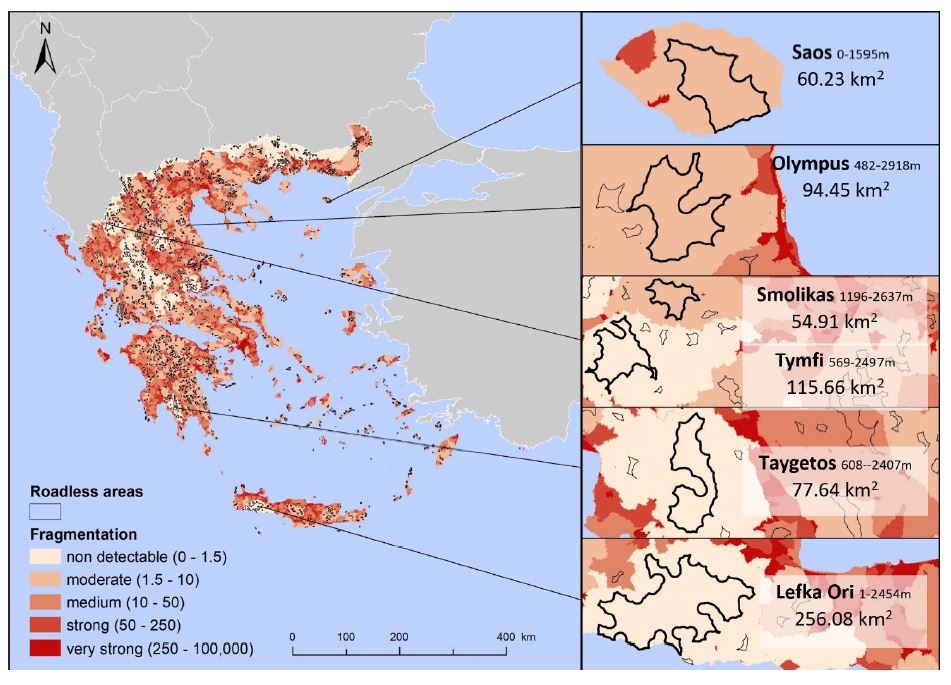
New Publication on roadless areas in Greece:
2020
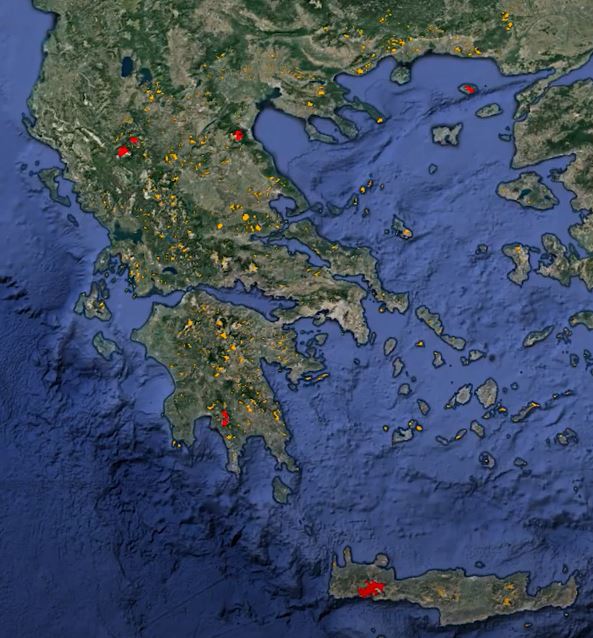
The roadless map of Greece
2019
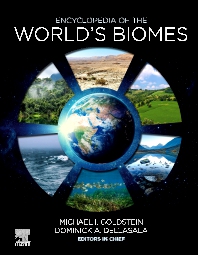
New publication in Encyclopedia of the World’s Biomes 1st Edition book: Roadless Areas as Key Approach to Conservation of Functional Forest Ecosystems by Monika T. Hoffmann, Stefan Kreft, Vassiliki Kati, Pierre L. Ibisch.
2019
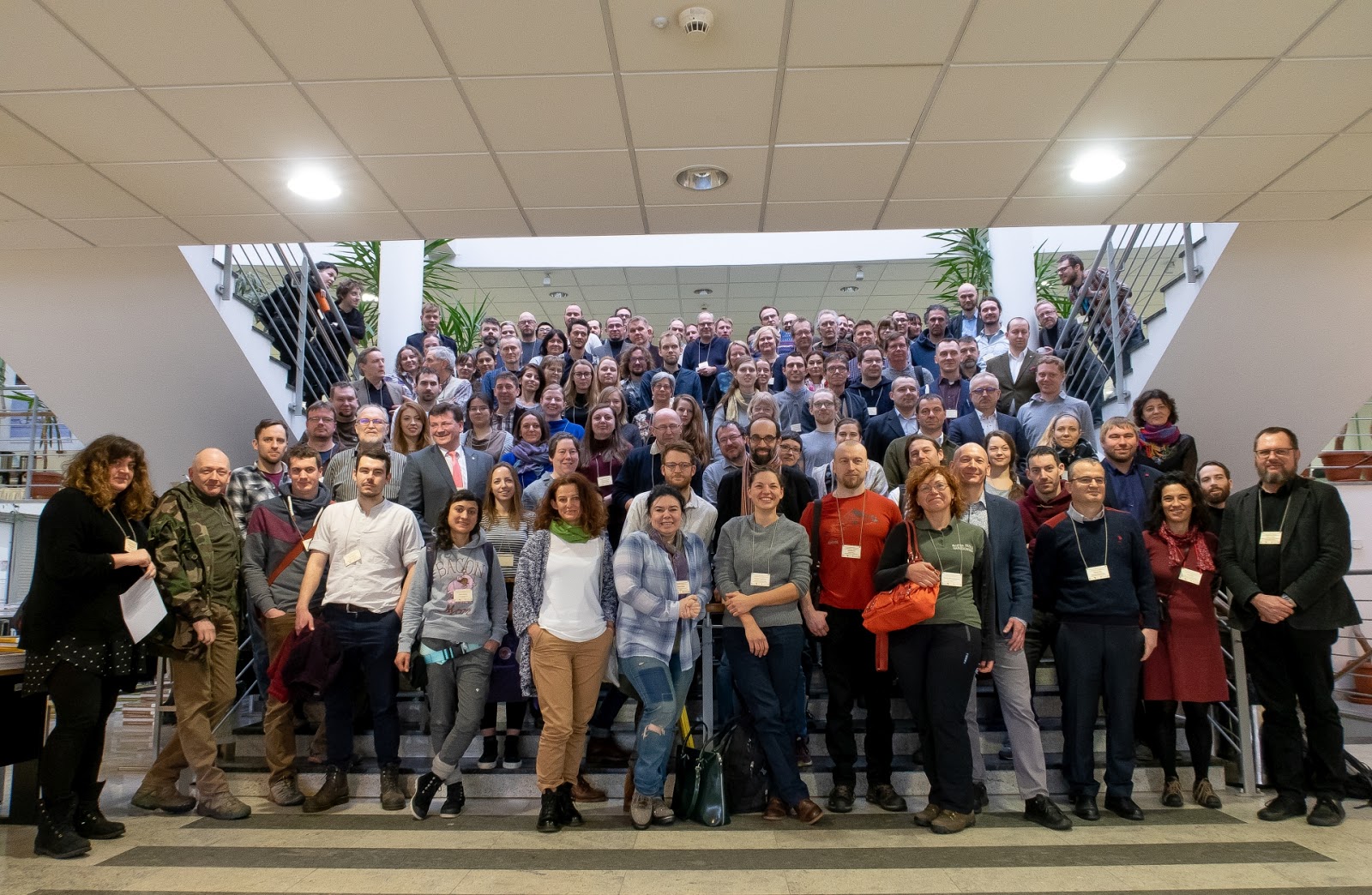
Attending Forests at risk: Białowieża and beyond conference with a presentation on "roadless areas and fire risks in Canada", Warsaw, Poland.
2018
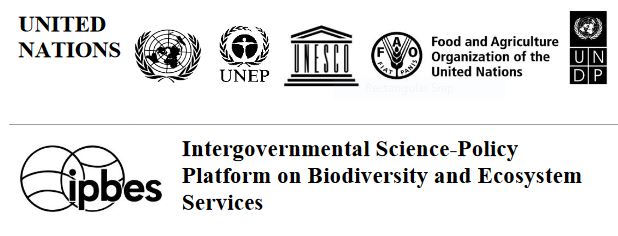
Map of roadless areas for Asia and the Pacific is included in IPBES Chapters of the regional and subregional assessment of biodiversity and ecosystem services for Asia and the Pacific
2018

Workshop on roadless areas and future mobility a the 5th European Congress of Conservation Biology, Jyväskylä, Finland.
2018

Attending Geodesign Summit at esri headquarters and meeting with esri founder and CEO Jack Dangermond and his team, Redlands, California.
2017
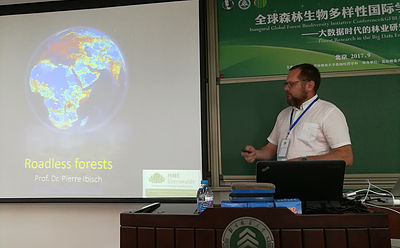
Presentation of roadless area research at the Inaugural Global Forest Biodiversity Initiative Conference & GFBI-FECS Joint Symposium 2017 "Forest Research in the Big Data Era" 6-9.September 2017 in Beijing, China.
2017
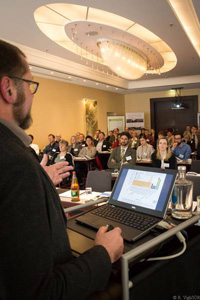
9. Dresdner Flächennutzungssymposium
Presentation of "Straßenlose Räume und ihre Bedeutung für die Funktionstüchtigkeit von Ökosystemen" by Pierre L. Ibisch
2017
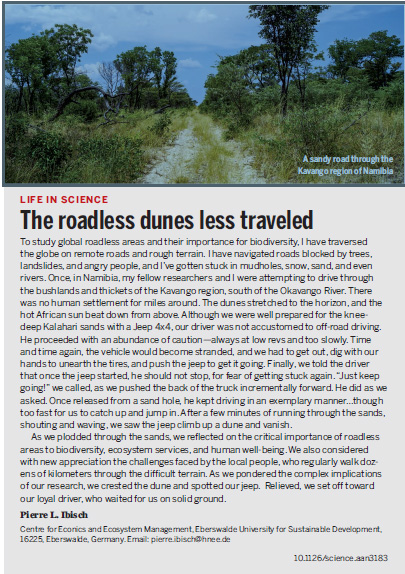
Contribution to [Life in Science] section
The roadless dunes less traveled by Pierre L Ibisch. Published on May 4th 2017
http://science.sciencemag.org/content/356/6337/496.1
2017
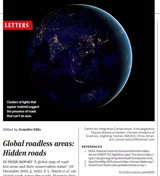
Science Letters Global roadless areas: Hidden roads by A.C. Hughes and Global roadless areas: Consider terrain by R.Wu et al. published on March 31th 2017
http://science.sciencemag.org/content/355/6332/1381.1
2016
Altmetric
Overview of attention for article published in Science, December 2016
2016
The global map of roadless areas and the assessment of their conservation status is published in Science

2016
The role of roadless areas in maintaining connectivity for large carnivores in the Carpathians is highlighted at the conference on Large Carnivores’ Protection in the Carpathians organized under the Carpathian Convention in Rožnov pod Radhoštěm, Czechia. The conference closed with a declaration which includes as first recommendation to prevent habitat fragmentation and reduce disturbance associated with infrastructure development.
http://www.ochranaprirody.cz/conference-on-large-carnivores-protection-in-the-carpathians/

Conference on Large Carnivores` Protection in the Carpathians
Date: October 18 – 21, 2016
Venue: Rožnov pod Radhoštěm, the Czech Republic
2016
We are invited to present about the importance of roadless areas for large carnivores at the conference “Nature in the Carpathians- status, threats and conservation perspectives” organized by OTOP, BirdLife and the Swiss contribution.
http://www.ptakikarpat.pl/pl/aktualnosci/spotkania/item/305.html
2015
The Handbook of Road Ecology is published by Rod van der Ree et al. and includes a chapter on protection of roadless areas as one of the first “Why keep areas road-free? The importance of roadless areas”. We start addressing road reclamation and removal.

2015
Symposium Roadless ecology and conservation of roadless areas across scales organized at the 27th International Congress of Conservation Biology ICCB 2015 and 4th European Congress of Conservation Biology ECCB2015 in Montpellier. The Roadless Initiative was also presented at the symposium Conservation at the cross-roads: how roads and other linear infrastructure influence conservation.
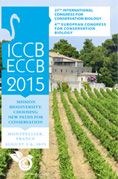
2014
The Roadless Initiative is gaining stronger support from the transport sector. This is covered by the Policy blog of the SCB website.

2014
A declaration on the protection of Roadless Areas closes the IENE 2014 conference. A subsequent publication appeared in the journal Nature Conservation.
http://iene2014.iene.info/iene-2014-declaration/
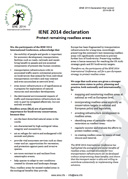
2014
A plenary talk entitled “Why keep areas road-free? Roadless and low-traffic areas as conservation targets” is presented at the IENE 2014 international conference in Malmö Life for a Greener Transport Infrastructure. We organized and contributed to an additional session on Roadless Areas.
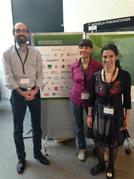
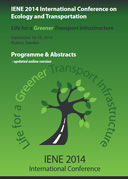
2013
We participated at the side event at the COP19 in Warsaw on Roadless Areas organized by Kriton Arsenis. He launched the website: www.roadfree.org.
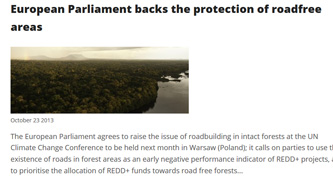
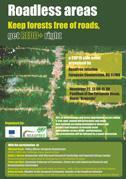
2013
Symposium Roadless and low density-transportation networks as permeable landscapes and seascapes at the 26th International Congress of Conservation Biology ICCB 2013 in Baltimore, USA. It covered a wide range of participants form many continents.
2013
We developed an index to assess the level of road disturbance, named SPROADI, and published a scientific paper in Landscape Ecology.
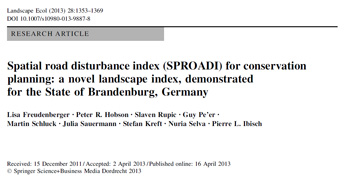
2012
After these two global events (Rio+20 and COP11), the involvement of other SCB sections and a meeting in Glasgow during ECCB 2012, the SCB initiative goes global and as a trans-sectional activity. It is covered by the SCB policy blog.
http://www.conbio.org/publications/scb-news-blog/roadless-areas-initiative-goes-global-at-cbd

2012
Workshop “How to avoid fragmentation in Europe’s least fragmented areas” organized at the IENE 2012 international conference in Potsdam Safeguarding ecological functions across transport infrastructure in cooperation with J.O. Helldin. The SCB Roadless Initiative is presented there as well.

2012
European Congress for Conservation Biology ECCB 2012 in Glasgow – Presentations “Roadless Areas: a potential tool to define European Wilderness Areas” and “Towards a quantification of wilderness? Innovative approaches to spatial planning and functionality-based priority setting for conservation” at the symposium Wilderness at the edge of survival in Europe.
2012
Roadlessness is presented as the most cost efficient and effective way to protect biodiversity at a side event at the 11th Conference of the Parties to the Convention on Biological Diversity (Hyderabad, India) organized by Kriton Arsenis. Attention is brought to the importance of keeping areas road-free to maintain biodiversity and ecosystem services.
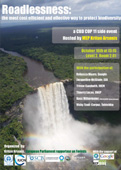
2012
The Roadless Areas side event in Rio+20 is widely covered by media.
https://www.iucn.org/content/rio20-brings-new-landscape-protection-global-roadless-areas
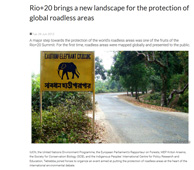
2012
Roadless Areas are the main topic of a side event in Rio+20 organized by the Member of European Parliament, Kriton Arsenis, in collaboration with the Society of Conservation Biology and other organizations such as IUCN, UNEP, Conservation International or Tebtebba. The prototype map was presented and the Latin American and Caribbean section of SCB joined the initiative to explain about the importance to keep areas road free.
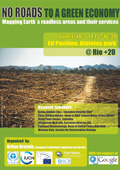
2012
Cooperation with the Member of European Parliament, Kriton Arsenis, and Google to produce a global map of Roadless Areas starts as an Earth Engine project. This prototype map shows the areas that are more than one or 10 km from the nearest road, rail or navigable waterway.
https://explorer.earthengine.google.com/#gallery/Roadless1km
https://explorer.earthengine.google.com/#gallery/Roadless10km
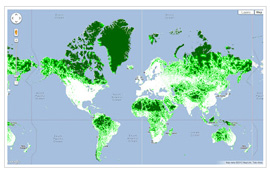
2012
A concept paper on the protection of Roadless Areas is prepared to support the side event in Rio+20.
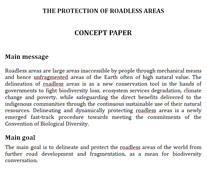
2011
Roadless areas are explicitly mentioned in the report on landscape fragmentation in Europe by the European Environmental Agency, as areas important for biodiversity conservation, whose protection is a high priority. Preventing further fragmentation is of high relevance, even in areas already highly fragmented.
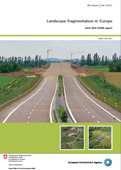
2011
The article is covered in Conservation Magazine.
Link here:
http://conservationmagazine.org/2011/10/no-thruway/
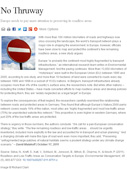
2011
The scientific paper “Roadless and low-traffic areas as conservation targets in Europe” is published in the journal Environmental Management. It was the most downloaded paper for some months.
http://link.springer.com/article/10.1007/s00267-011-9751-z
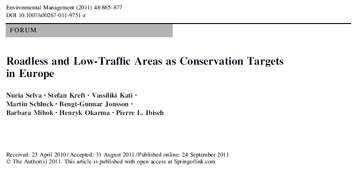
2010
Presentation at Prifor 2010, Sweden - Northern primeval forests:
ecology, conservation and management.
2009
Representation in the EU Ad-Hoc Expert Working Group on Biodiversity and Climate Change of the DG Environment, Nature & Biodiversity Office. The Roadless Initiative is promoted and the issue of road fragmentation included in the final report “Towards a Strategy on Climate Change, Ecosystem Services and Biodiversity”.
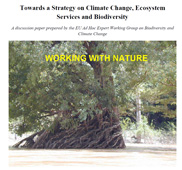
2009
I European Congress for Conservation Biology ECCB 2009 in Prague, 2009- Presentation “Roadless and low-traffic areas as conservation targets in Europe” at the Natura 2000 Special Session.
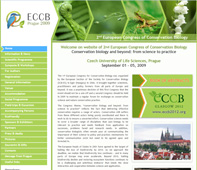
2009
Roadless areas presented at the Green Week in Brussels as an SCB-Europe main activity.

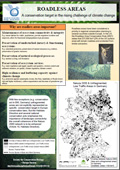
2009
Contribution to the electronic conference organized by the European Platform for Biodiversity Research Strategy (EPBRS) Target for biodiversity beyond 2010: research supporting policy, where roadless areas were proposed as a post 2010 target.
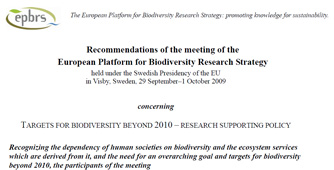
2008
Visit of the Policy Committee SCB Europe to the European Parliament and Commission, during which the importance of roadless areas was presented.

2008
Presentation of the roadless areas as conservation targets under climate change in the conference Climate change and biodiversity at the European Parliament.
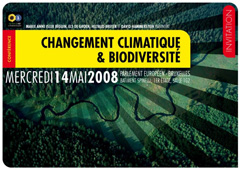
2007
Start as a proactive initiative of the Policy Committee of the SCB-Europe section, inspired by the US Roadless Areas Conservation rule and the Rospuda case in Poland.

